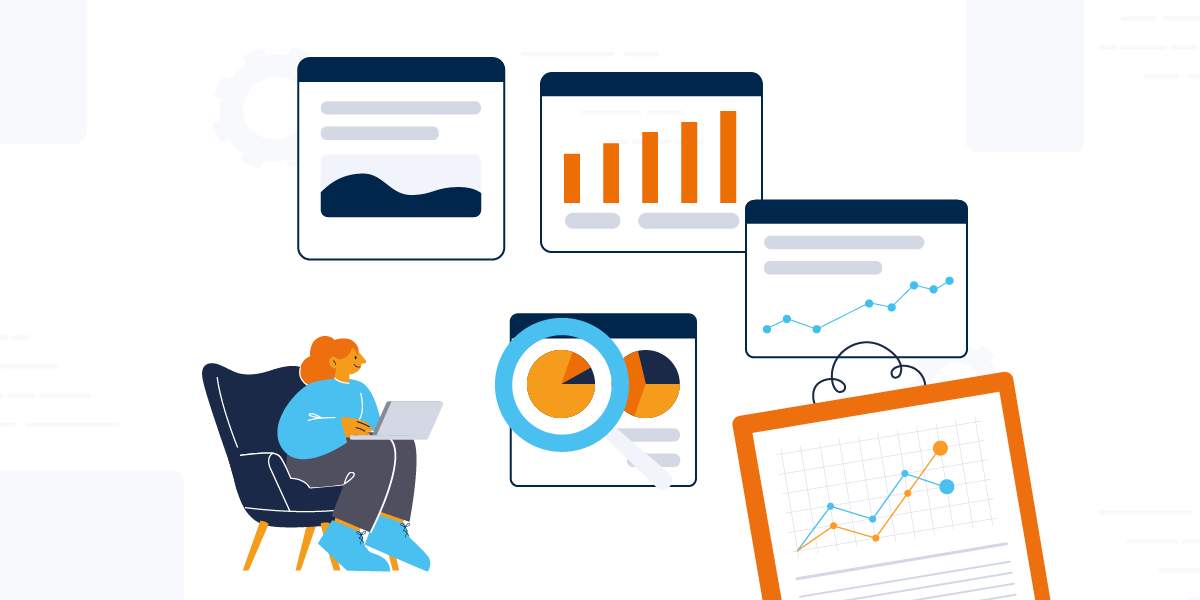First impressions matter – in person, and especially in e-commerce.
When users land on your website, you only have a few seconds to convince them to stay. If you don’t? They bounce.
Reducing bounce rates isn’t just about fast loading times or appealing design. It’s about relevance – giving users what they’re looking for, when they need it. In short: they expect a personalized experience.
What Causes Bounce Rates to Rise?
Before you can fix high bounce rates, it helps to understand why users leave. Some of the most common reasons include:
- Generic or irrelevant content
- Misleading product descriptions or headlines
- Poor guidance when looking for the right product
- Poor mobile experience
- Confusing navigation or layout
- Lack of clear next steps
Even the best product won’t convert if it’s not visible, feels unrelated or simply gets overlooked.
How Personalization Reduces Bounce Rates
Personalization keeps users engaged by making every visit feel more relevant. Instead of serving a generic homepage, you show banners, content, and products based on real-time behavior and past activity. The more tailored the journey, the more likely users are to stay, explore, and convert.
1. Personalize the Entry Point
Recognize returning users and adapt what they see first: entry banners, teaser tiles, or prioritized categories can all reflect past interactions. Logged-in users can even be welcomed by name, adding a familiar, human touch.
Example: A user who previously searched for running gear at his last visit sees a personalized hero banner with new arrivals in the sportswear category, not the generic homepage. This small shift instantly shows that their interests are remembered, boosting relevance and curiosity from the start.
2. Show the Right Product, Faster
Once users begin engaging with your site, you can reduce bounce risk by guiding them toward relevant products faster. Instead of static suggestions, show products that match their real-time behavior, past activity, campaign source, or segment preferences, even factoring in price sensitivity.
Example: A user views multiple budget-friendly products but doesn’t add anything to the cart. The next recommendation slider automatically highlights discounted items in the same category – increasing the chance they’ll stay, engage, and convert.
3. Optimize the Search
An underperforming site search is one of the biggest drop-off risks. With trbo Search, you can personalize the entire experience – from intelligent autocomplete and popular suggestions to dynamic filters that adapt to the user’s behavior or segment. This reduces decision fatigue and streamlines product discovery.
Example: A user starts typing ‘run’. The search bar instantly suggests ‘running sneakers’ based on their past visits. The category page highlights new arrivals in their size range, and filter options are narrowed to match recent preferences. The result? Less friction, faster discovery, and fewer exits.
4. Help Customers Find the Help They Need
Some users aren’t ready to make a decision on their own. Prevent bounces by guiding them with smart nudges, chat prompts, or interactive product advisors – powered by trbo Advise or trbo Chat with AI support.
Example: A user scrolls multiple times without interacting. A small layer appears: “Need help choosing the right product?” Clicking it opens a short quiz about product preferences – and recommends tailored results in just a few steps. This turns passive browsing into active engagement.
5. Inspire Users to Explore
When users don’t know exactly what they’re looking for, relevant inspiration is key. Use data-driven product bundles, cross-category recommendations, or curated “shop the look” content to guide discovery.
Example: A visitor browsing fall jackets sees a full outfit suggestion: coat, scarf, boots – all shoppable in one click. This not only encourages exploration but also increases time-on-site and average basket value.
How trbo Helps
At trbo, we make personalization fast, relevant, and effective.
Our AI engine identifies bounce risks in real time and responds with the right content – banners, overlays, search suggestions, or product sliders.
We also help you stay one step ahead with our A/B and multivariant testing tools – so you’re not just guessing what works, you’re constantly improving.
Best Practices to Reduce Bounce Rates
- Use dynamic segmentation to understand and target your audience
- Personalize content from the very first touchpoint
- Test and refine landing pages, headlines, and CTAs
- Simplify navigation to reduce cognitive load
- Use overlays or chat tools with intention – not interruption
Personalization Keep Users on Site – and Off the Exit Button
Bounce rates rarely reflect poor design alone. More often, they reflect a lack of relevance. With the right personalization strategy, you’re not just trying to hold attention – you’re creating experiences that are worth staying for.
